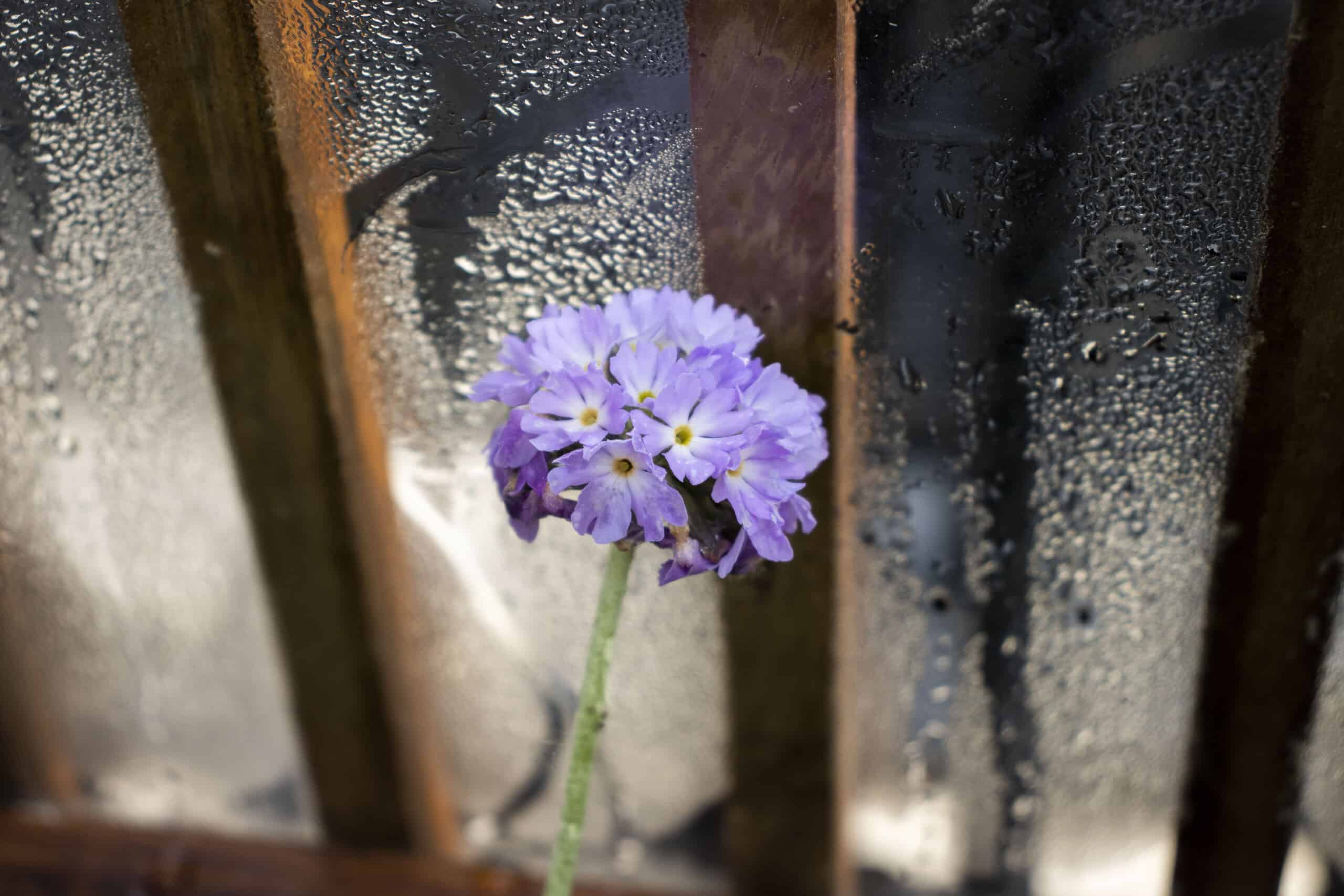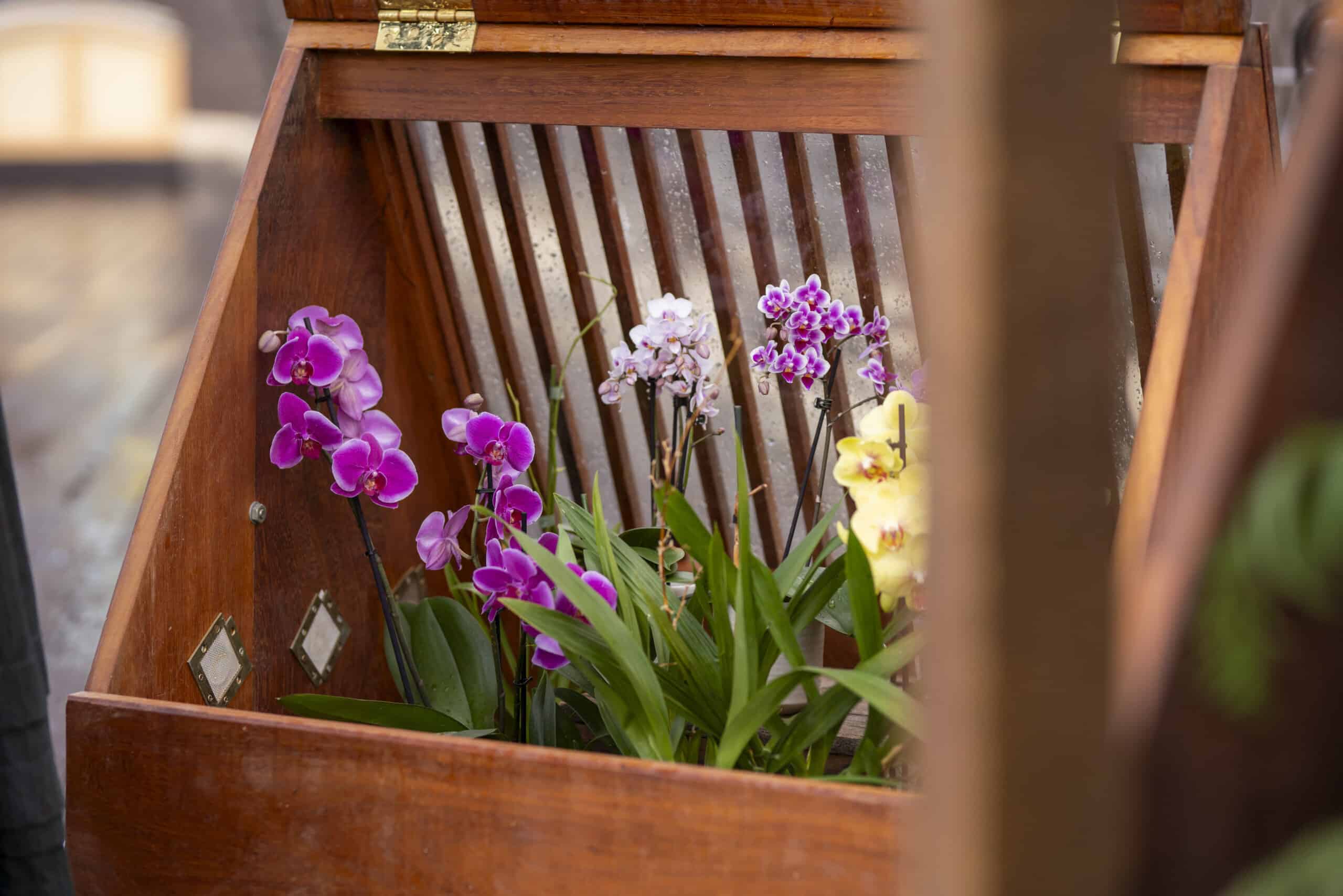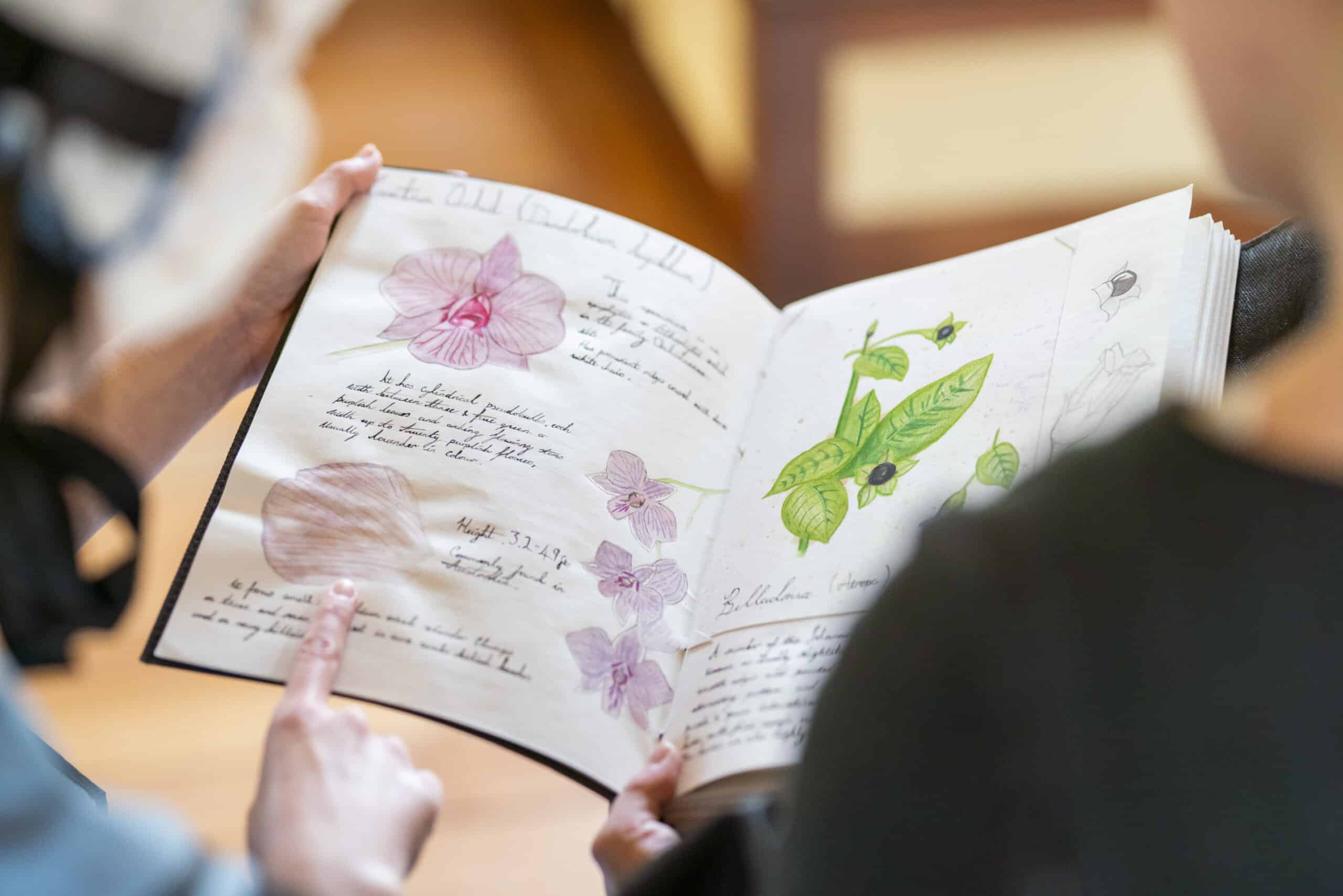Food
Inside this Wardian case are examples of plants used for farming to cater for the diet of the Victorian British immigrants in Australia.
Gooseberry
Gooseberry growing was popular in 19th-century Britain. The 1879 edition of the Encyclopedia Britannica described gooseberries thus: The gooseberry is indigenous to many parts of Europe and western Asia, growing naturally in alpine thickets and rocky woods in the lower country, from France eastward, well into the Himalayas and peninsular India. In Britain, it is often found in copses and hedgerows and about old ruins, but the gooseberry has been cultivated for so long that it is difficult to distinguish wild bushes from feral ones, or to determine where the gooseberry fits into the native flora of the island.

Rhubarb
Although rhubarb is a vegetable, it is often put to the same culinary uses as fruits. The leaf stalks can be used raw, when they have a crisp texture (similar to celery, although it is in a different family), but are most commonly cooked with sugar and used in pies, crumbles and other desserts. They have a strong, tart taste. Many cultivars have been developed for human consumption, most of which are recognised as Rheum × hybridum by the Royal Horticultural Society.
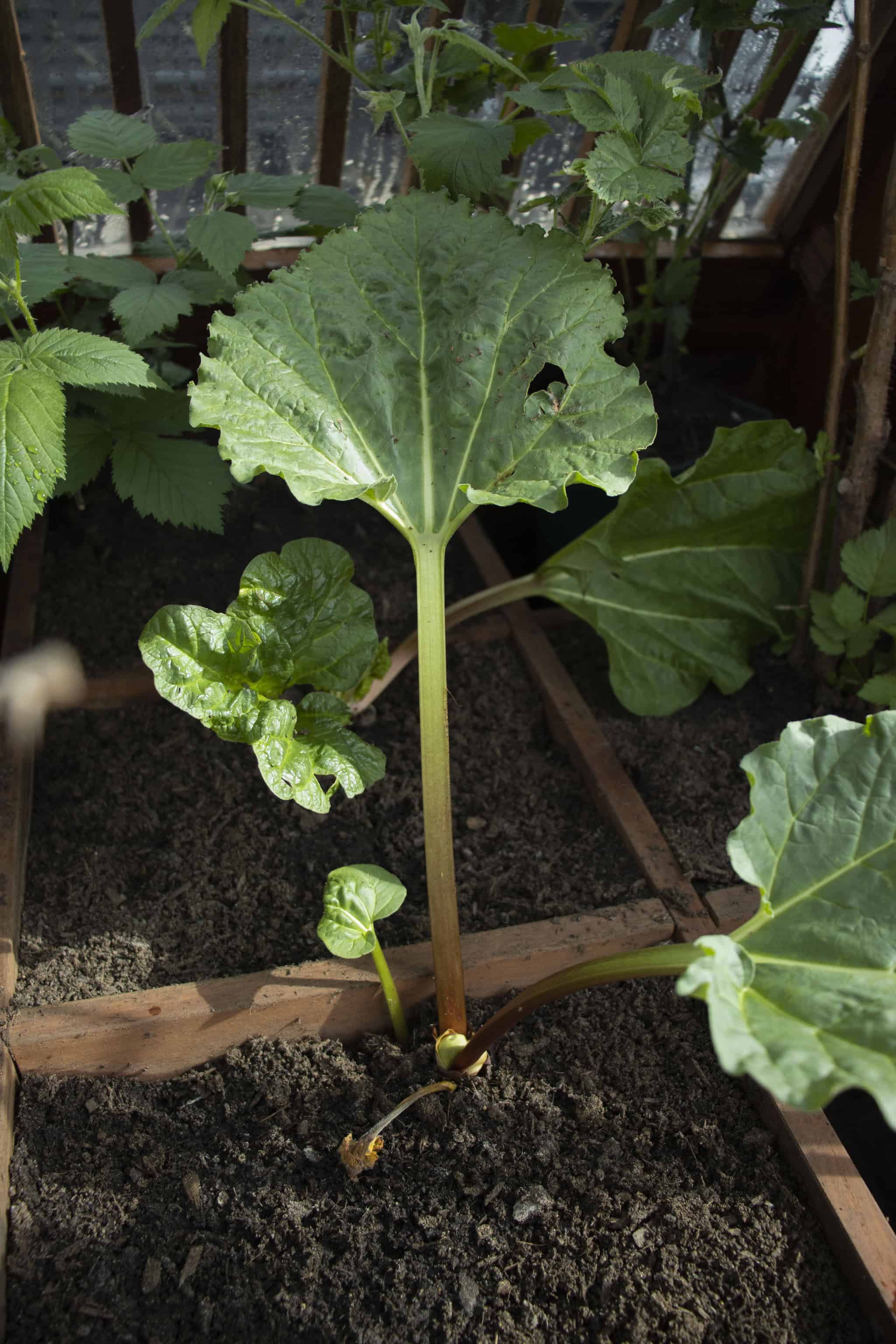
Raspberry
Rubus idaeus (raspberry, also called red raspberry or occasionally European red raspberry to distinguish it from other raspberry species) is a red-fruited species of Rubus native to Europe and northern Asia and commonly cultivated in other temperate regions. Plants of Rubus idaeus are generally perennials, which bear biennial stems (“canes”) from a perennial root system. In its first year, a new, unbranched stem (“primocane”) grows vigorously to its full height of 1.5–2.5 m (5.0–8.3 feet), bearing large pinnately compound leaves with five or seven leaflets, but usually no flowers.
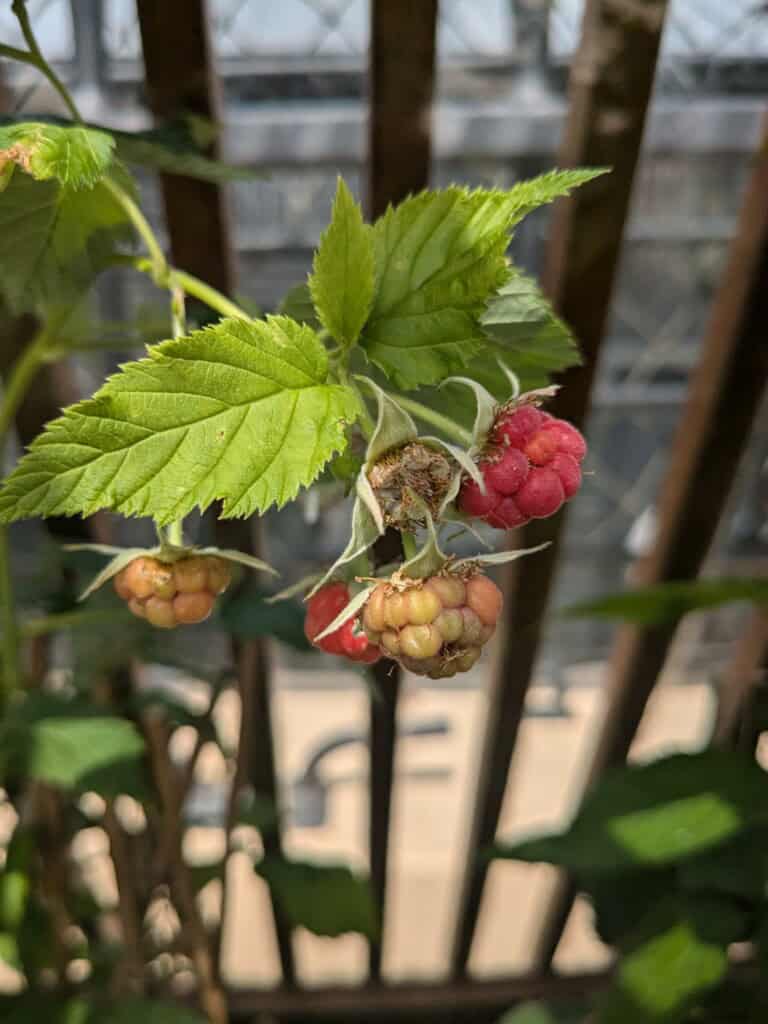
Strawberry
Plant strawberries in spring or autumn. Timing your strawberry planting depends on whether you’re buying pot grown plants or bare rooted young strawberries, known as ‘runners’. Bare rooted runners are available in a wide range of varieties, are sold in bundles (so no plastic pots) and are generally cheaper to buy that pot-grown strawberries. However, there is a limited time window for buying and planting traditionally them, with the best time to plant strawberry runners being late summer to early autumn, while the soil is still warm, and plants establish quickly. Strawberries dislike being planted into cold, wet soil, so avoid winter or early spring if you can. Cold-stored strawberry runners are available from some nurseries. These are usually supplied from April to June. Given prompt planting and regular watering during dry spells, cold-stored strawberry runners produce a crop in their first summer.
Ambassador
Our Food and Invasive Species Wardian Case is thanks to Riverside Garden Centre. Just a short walk away across the river, Riverside have provided the plants in this case and all the peat-free compost to help us tell the story of plants crossing continents.

Dig Deeper…

